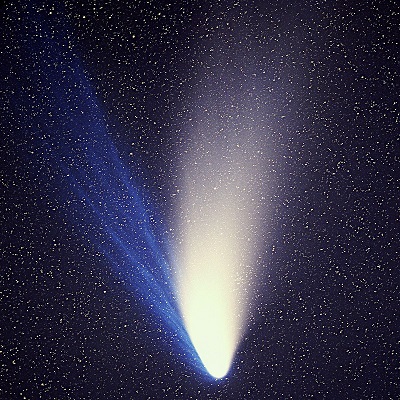In today’s hyper-connected world we take communication for granted. A few taps and you can fire a message around the world in seconds. You can even tweet from space. But things weren’t also so easy, and back in the 1880s the technology of the day was hampering astronomical progress.
The trouble was with comets – jagged ice mountains free-falling around the Sun. As they are flung by the Earth they become temporary visitors in our sky. Communicating the discovery of new comet quickly to the rest of the astronomical community was vital. Take too long and it will have gone. And in the 1880s the post just wasn’t cutting it. Robert Ball, a famous Irish astronomer of the day, quipped that “comets often move faster than Her Majesty’s mails.” So at first astronomers turned to the telegram instead.
But there were issues there, too. The telegraph operators were messing up the messages as they were full of technical information such as co-ordinates. By the time the message reached its recipient it had been Chinese-whispered out of all usefulness. So the astronomers got together and hatched a plan.
They all bought the same edition of Worcester’s dictionary. Ball explains the ingenious scheme in his book Starland. Say your comet is 123 degrees and 45 arcminutes (0.75 degrees) around the sky. All you need do is turn to page 123 and locate the 45th word on the page. Ball says this is “constituent”. Send just that solitary word to all your astronomy chums and they can reverse engineer the process to decode the co-ordinates. No need to rely on the post, or mistaken prone telegraph operators.
Today we take communication for granted and perhaps forget that it wasn’t always so easy. But it also makes me think: what limitations are being placed on us today by our current technology that as science continues to evolve and improve we’ll look back and laugh about the lengths we had to go to in order to circumvent a seemingly trivial problem?
